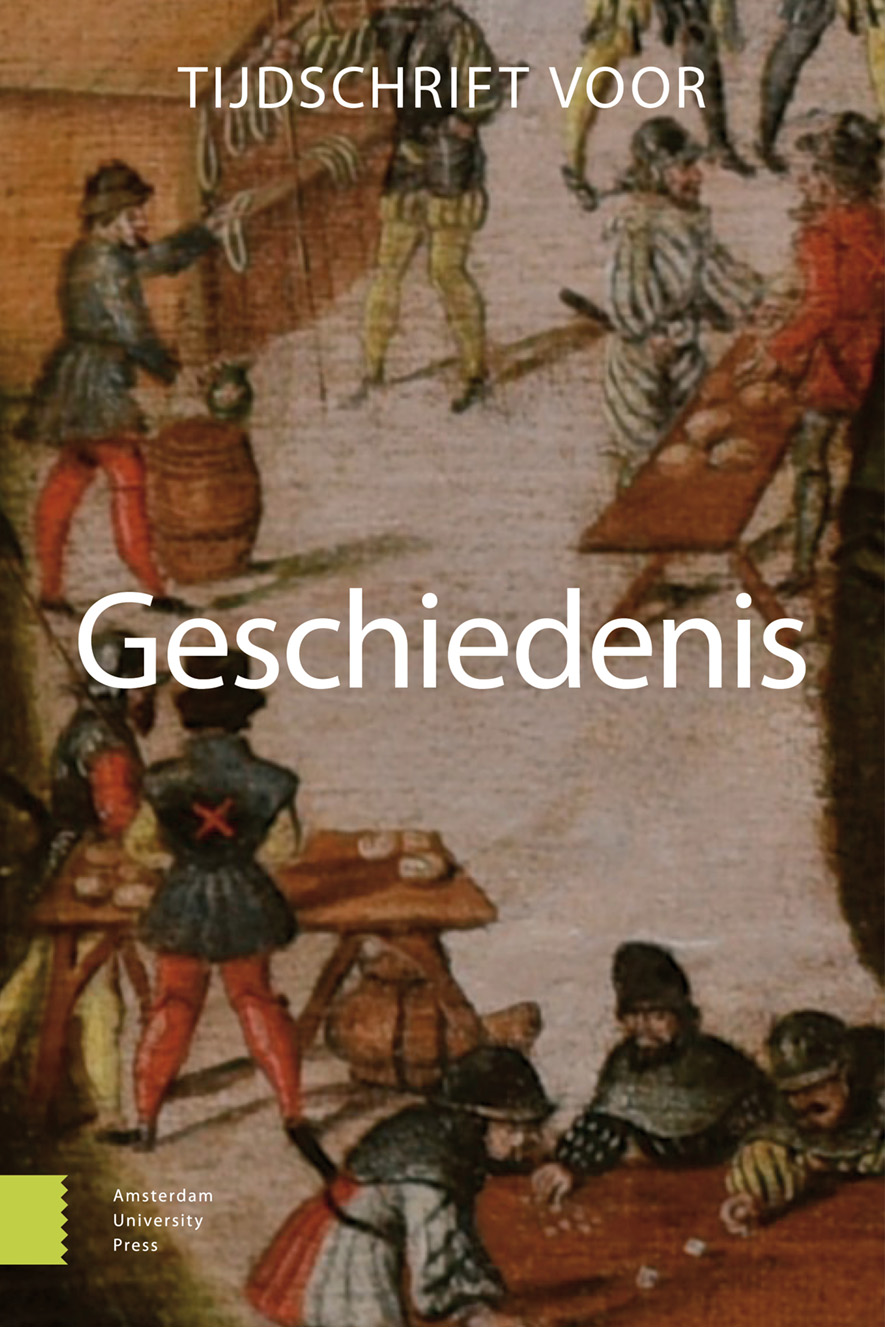-
oa Rome en het Rijk - Veranderende relaties tussen keizers en hun onderdanen in de derde eeuw na Christus
- Amsterdam University Press
- Source: Tijdschrift voor Geschiedenis, Volume 126, Issue 3, Nov 2013, p. 300 - 309
- Previous Article
- Table of Contents
- Next Article
Abstract
In the third century the Roman Empire was under threat. In reaction emperors appealed to the unity of the realm, and epigraphic evidence testifies to an increasing awareness of the Empire as a whole. Military problems forced emperors to be increasingly absent from Rome, caused a rapid changeover of emperors, and consequently diminished the power of individual rulers. This seems to have had remarkably little impact on the central position that emperors occupied in the eyes of their subjects. However, the increased absence of emperors from Rome, and more importantly their presence at the local level, did change the way in which this central position was portrayed and perceived. Support from armies and provincial elites became more prominent and was more openly expressed. At the same time an analysis of third-century imperial coinage also indicates a changing portrayal of the relationship between the emperor and the city of Rome. This article discusses the (perceived) relationship between the emperor and the various groups within the Roman empire in the third century in terms of the relation between Empire, emperor, and the city which gave its name to the realm.


